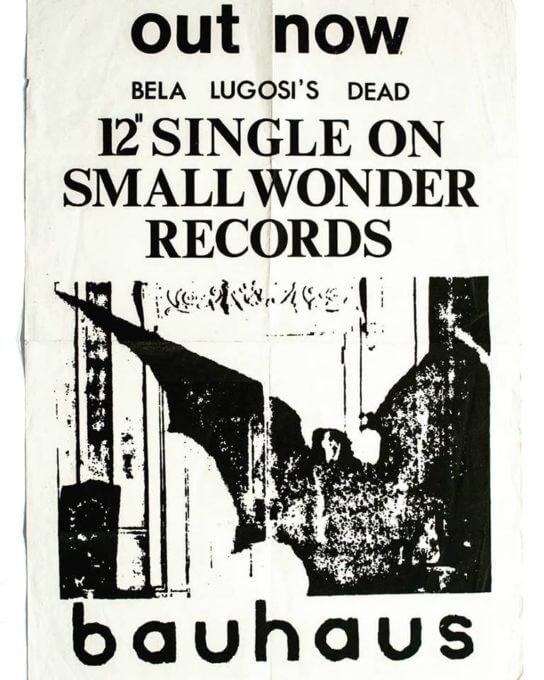Goth Rock

‘Tis the eason for Goth Rock.
Goth itself started out as an offshoot of Post-Punk in the late 1970s, with essential bands combining a dirge-like aesthetic, particularly the English bands, who worked under the hardened influence of the Sex Pistols.
Of those English bands, Bauhaus’ nine-minute 1979 ode to vampires, “Bela Lugosi’s Dead”, is widely considered the song that started the Goth Rock music movement. Bands like Joy Division, Siouxsie & The Banshees, The Cure, and Cocteau Twins embraced this style more than anyone could have expected at the time.
Dark images and gloomy sounds can, it turns out, make intriguing music. “Bela Lugosi’s Dead” stayed on the independent charts in England for a staggering two years, and even penetrated the mainstream, making it on the BBC.
Equally important to Goth is a band that specialized more in Glam. The band? They called themselves the Easy Cure at first; they became The Cure in 1978. In 1979, the album Three Imaginary Boys introduced a gloom-rock sound that lasted for their first three albums. “The Hanging Garden”, featured on this week’s episode, highlights Goth at its, well, Goth-iest: melodic and maddening.
These bands paved a road to the unexpected: commercial success. Sisters of Mercy, for example, achieved some of that in England, as well as airplay on MTV in the States, based off of their Goth-Rock hit, “Black Planet”.
What started out as a subgenre influenced by the Sex Pistols had now become an accepted style, and a moody way of making music in a brave new world.
Find the playlist of all the songs from this week’s episode below.
All the songs heard on Music 101 this week:
Joy Division | “New Dawn Fades”
Siouxsie & The Banshees | “Hong Kong Garden”
Bauhaus | “Bela Lugosi’s Dead”
The Cure | “The Hanging Garden”
Cocteau Twins | “Sugar Hiccup”
This Mortal Coil | “Song To The Siren”
Clan Of Xymox | “A Day”
The Sisters Of Mercy | “Black Planet”
The March Violets | “Snake Dance”

